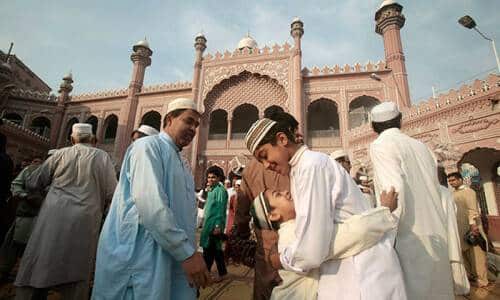After some speculations and rumours on social media, the federal government has finally notified the Eid-ul-Fitr holidays on Thursday.
As per the notification released by the Cabinet Division, the offices observing five working days a week will observe three public holidays from April 10 to 12 and the offices observing six working days will observe four public holidays from April 10 to 13.
“The prime minister has been pleased to approve public holidays on the occasion of Eid-ul-Fitr,” read the notification signed by Press Information Department (PID) Principal Information Officer Muhammad Aqib Gulzar.
Govt issues notification for Eid-ul-Fitr holidays
The Met Office on Monday predicted that the first day of Eid ul Fitr would fall on April 10 as the Shawwal moon was expected to be sighted on April 9.
The Pakistan Meteorological Department (PMD) said the crescent would be born on April 8 at 11:21pm and it would be aged between 19 and 20 hours the next day around Maghrib prayer.
The crescent could be spotted for over 50 minutes around the sundown, it said.
The PMD said the sky in most parts of the country would be clear on April 9. However, it added that the sky might be cloudy in northern areas.
The crescent for the holy month of Ramadan was sighted on March 11 in Pakistan and the first day of the holy month was observed the next day. So, Pakistanis would observe 29 days of fasting, if the PMD’s forecast turns out to be true.
Eid ul Fitr is observed by Muslims across the world after Ramadan culminates and Shawwal begins. The Islamic month of Ramadan teaches to practice patience and self-control while also promotes charity and welfare, while Eid serves as a festive and joyous occasion immediately after that.
Islamic months last 29 or 30 days and the beginning or end of a month depends on the appearance of the crescent, so Ramadan is not set on any specific day annually.
The month of Ramadan is the ninth of the 12 months of the Islamic calendar. Despite having as many months as the Gregorian calendar, the Islamic calendar is nearly 10 days shorter due to it being based on the lunar orbit.
This is why Ramadan falls at a different time every year according to the Gregorian calendar.

